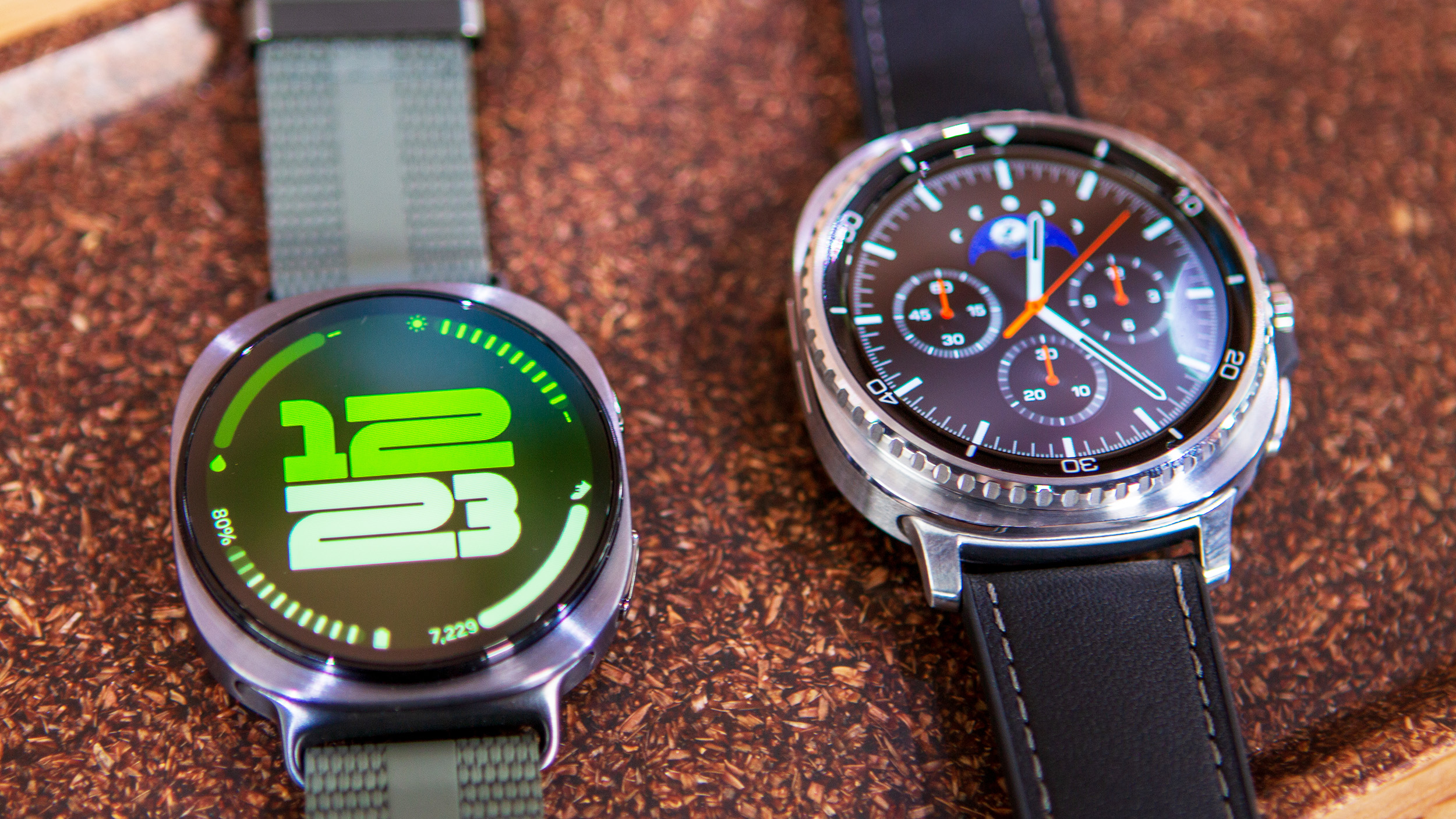
The Samsung Galaxy Watch 8 and Watch 8 Classic have finally arrived with an Ultra-inspired facelift that disguises how few changes Samsung made from last year's Galaxy Watch 7.
Samsung says that its new lineup "builds upon the foundation of the Galaxy Watch Ultra's cushion design," adding a squircle case with rounded corners to both the Watch 8 and Watch 8 Classic. The Classic brings back the Galaxy Watch 6 Classic's rotating bezel, but sitting atop the new case, it's not a very "classic" aesthetic anymore.
Internally, the Watch 8 series has the same level of performance as the Watch 7. Aside from changes to display brightness and battery capacity, you won't see many changes — aside from the One UI 8 Watch features that'll eventually come to all models.
You can check out our Galaxy Watch 8 hands-on for a more personal perspective; otherwise, here's everything you need to know about Samsung's 2025 smartwatch lineup!
Samsung Galaxy Watch 8: Specs
Category |
Samsung Galaxy Watch 8 |
Samsung Galaxy Watch 8 Classic |
|---|---|---|
Colors |
Graphite, Silver |
Black, White |
Sizes |
40mm: 40.4 x 42.7 x 8.6mm 44mm: 43.7 x 46 x 8.6mm |
46mm: 46.4 x 46 x 10.6mm |
Weight (w/out strap) |
30g (40mm); 34g (44mm) |
63.5g |
Durability |
5ATM + IP68 / MIL-STD-810H; Sapphire Crystal |
5ATM + IP68 / MIL-STD-810H; Sapphire Crystal |
Display |
40mm: 1.34-inch (438x438) AMOLED, 3,000 nits 44mm: 1.47-inch (480x480) AMOLED, 3,000 nits |
1.34-inch (438x438) AMOLED, 3,000 nits |
Processor |
Exynos W1000 |
Exynos W1000 |
Memory |
2GB |
2GB |
Storage |
32GB |
64GB |
Battery |
40mm: 325mAh 44mm: 435mAh |
445mAh |
Charging |
Fast Charging (WPC-based wireless) |
Fast Charging (WPC-based wireless) |
Sensors |
BioActive sensor (Optical + Electrical Heart Signal + BIA), Temperature, Accelerometer, Barometer, Gyro, Geomagnetic, Light |
BioActive sensor (Optical + Electrical Heart Signal + BIA), Temperature, Accelerometer, Barometer, Gyro, Geomagnetic, Light, 3D Hall |
Connectivity |
LTE (optional), Bluetooth 5.3, Wi-Fi 2.4+5GHz, NFC, L1+L5 dual-frequency GPS, Glonass, Galileo, Beidou |
LTE (optional), Bluetooth 5.3, Wi-Fi 2.4+5GHz, NFC, L1+L5 dual-frequency GPS, Glonass, Galileo, Beidou |
Software |
Wear OS 6 (One UI 8 Watch) with four years of software updates through 2029 |
Wear OS 6 (One UI 8 Watch) with four years of software updates through 2029 |
Samsung Galaxy Watch 8: Price & availability
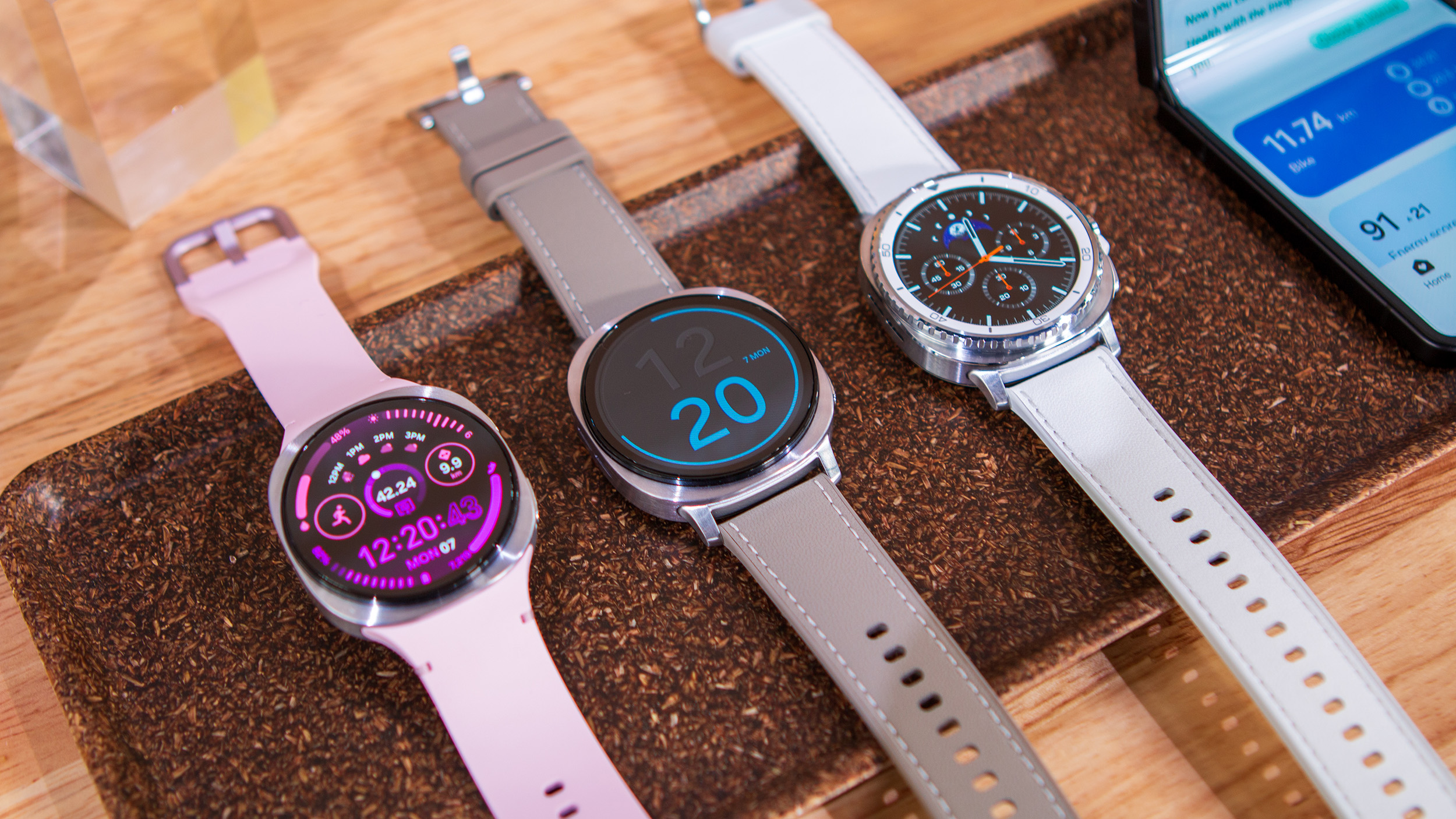
Samsung announced the Galaxy Watch 8 series at Galaxy Unpacked on July 9. You can preorder the Galaxy Watch 8, Galaxy Watch 8 Classic, and Galaxy Watch Ultra (2025) now, and all will ship on July 25.
The Galaxy Watch 8 40mm starts at $349.99 in the U.S., a $50 jump compared to the Galaxy Watch 7. As usual, the display upgrade costs $30 more ($379) while the LTE upgrade costs $50 more.
The Galaxy Watch 8 Classic starts at $499, a significant boost over the Watch 6 Classic ($400/$430), with the same $50 surcharge for LTE.
If you buy either watch from Samsung, you can get up to $200 or $250 in trade-in credit for the Watch 8 or Watch 8 Classic, respectively, with the most credit for a Watch 6 Classic.
Samsung Galaxy Watch 8: What's changed
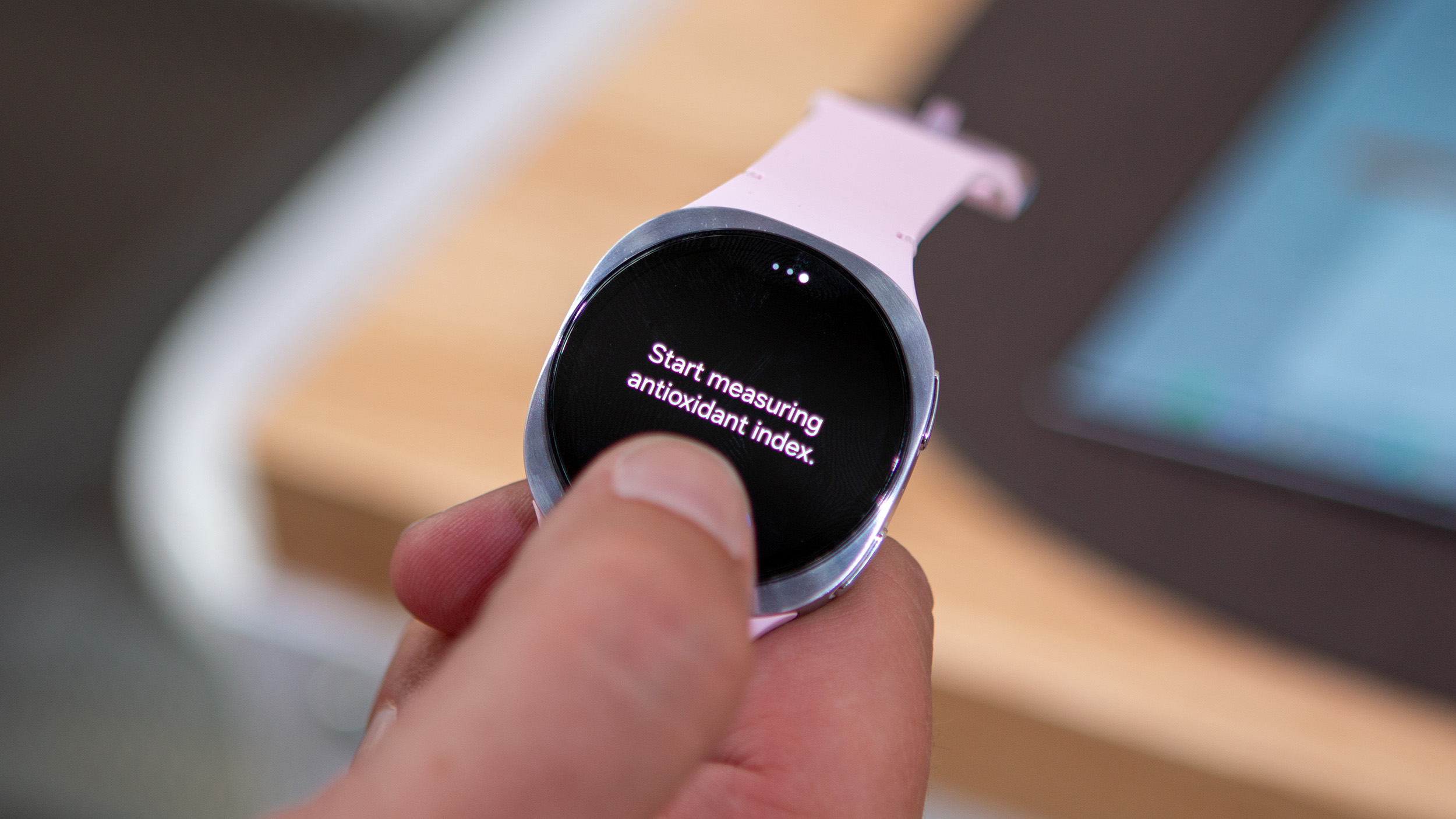
The biggest Galaxy Watch 8 change is its redesign. The Watch 7 case hugged the circular display, while the Watch 8's rounded corners jut out for an Ultra-like aesthetic. The extra aluminum adds weight, but not an uncomfortable amount; the Watch 8 40mm and 44mm weigh 1.2g and 0.2g more than their Watch 7 counterparts, respectively (not counting the straps).
Samsung "completely reengineered" the Watch 8's internal structure to make it the "thinnest design yet," measuring 1.1mm thinner than the Watch 7.
It also sports a new "Dynamic Lug" system: the watch band slots into the case instead of attaching on the outside, which Samsung says allows for a more snug fit and better health data from the sensors.
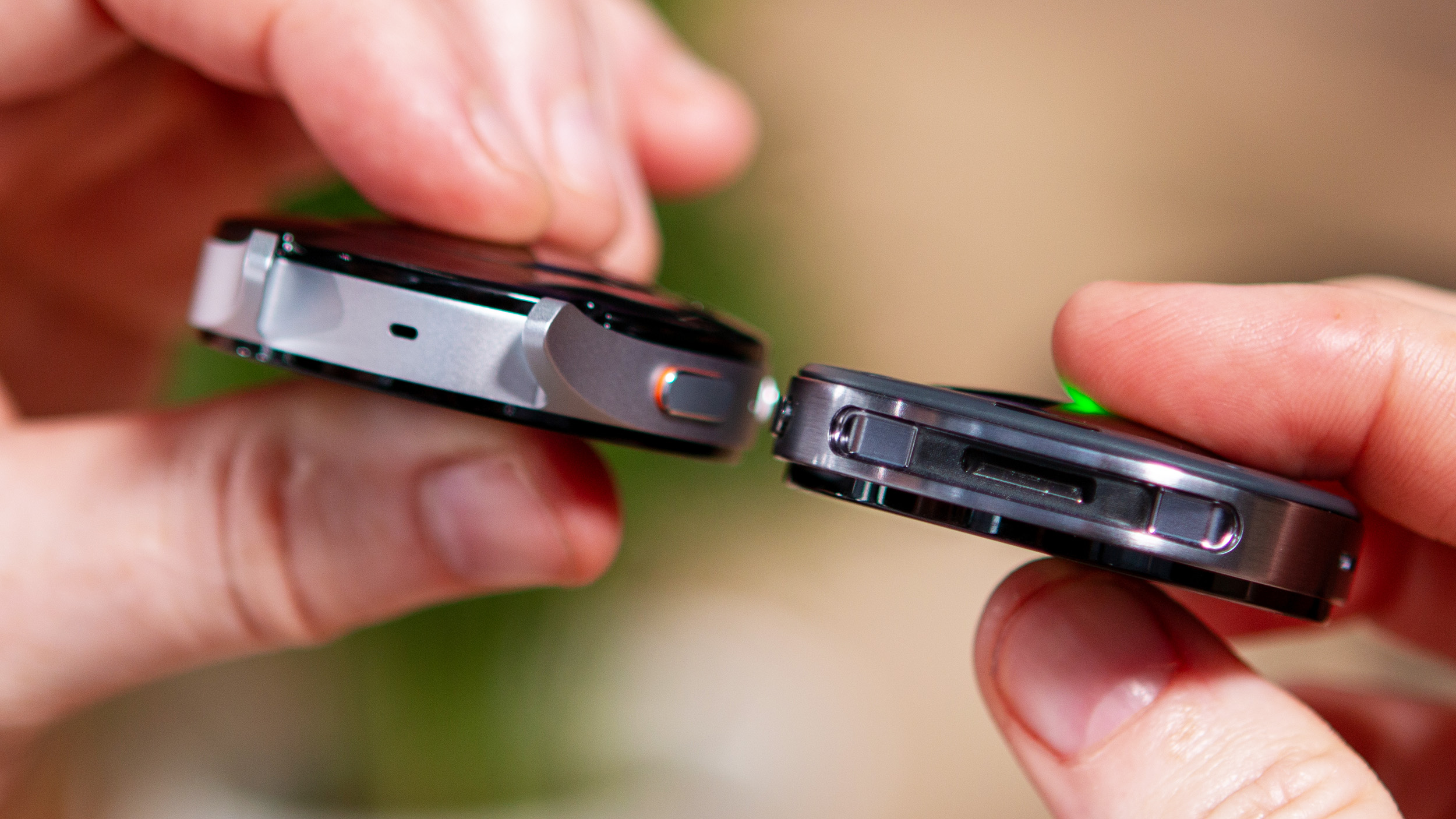
Compared to the official Galaxy Watch 7 display sizes — 1.3 and 1.5 inches — the Galaxy Watch 8 measures 1.34 and 1.47 inches. The visual difference should be negligible, but it does seem to make the 44mm display upgrade slightly less noticeable if you're looking to save some money.
The bigger change is that the Galaxy Watch 8 hits 3,000 nits of brightness, matching the Galaxy Watch Ultra and Apple Watch Ultra 2. This blazing brightness ensures great color fidelity and visibility in direct sunlight, though it's also more likely to use up battery quickly if you spend lots of time outdoors.
The Watch 8 battery capacity is also slightly increased: the 40mm model jumps from 300mAh last year to 325mAh, while the 44mm goes from 425mAh to 435mAh. The extra capacity will probably get eaten up by the enhanced brightness, so I don't expect a significant change from the usual 40-hour estimate.
Otherwise, Samsung has said the Galaxy Watch 8's processor, RAM, storage, charging speed, durability rating, health sensors, and connectivity standards haven't changed from the Galaxy Watch 7.
Galaxy Watch 8 Classic: What's different?
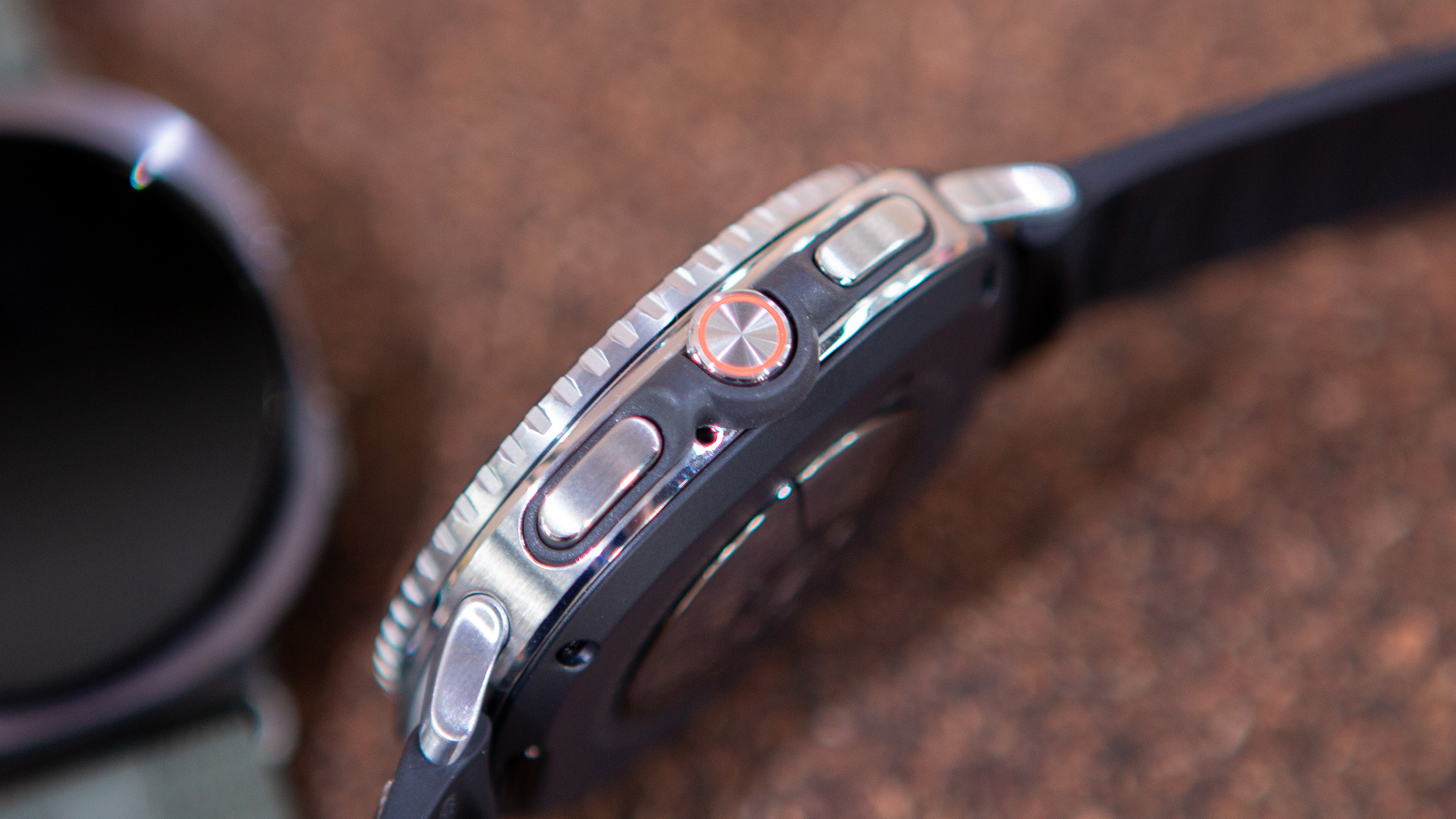
Compared to the Galaxy Watch 8, the Watch 8 Classic adds the Ultra's third Quick Button and the old Classic's steel rotating bezel, its motion tracked by a 3D Hall sensor. It uses traditional watch lugs with bands attached on the outside instead of slotting inside.
Like the Watch 8, the Watch 8 Classic carries over most Watch 7 hardware and sensors, aside from double storage (64GB). But since many buyers will be upgrading from the Galaxy Watch 6 Classic (or Watch 4 Classic), the Exynos W1000 processor, BioActive sensor with HR accuracy upgrades, brighter display, dual-band GPS, and extra storage will be new to them.

The Watch 8 Classic only comes in one case size (46mm), while the Watch 6 Classic had two (43mm and 47mm). The last-gen version had 1.3- and 1.5-inch displays and measured 52g and 59g, respectively, while the Watch 8 Classic weighs 63.5g with its 1.34-inch display.
I suspect Samsung couldn't give the Classic a larger display without making it too heavy and bulky. As it is, the Watch 8 Classic measures 10.6mm thick, skinnier than the 12mm Galaxy Watch Ultra despite the rotating bezel, but still on the thick side once you take the sensors into account.
Interestingly, the Watch 8 Classic has the best battery capacity (445mAh) despite the smaller display. It still falls short of the Ultra, but we'll have to test it to see if this delivers a slight battery boost over the base Galaxy Watch 8.
Galaxy Watch 8: Software & Gemini
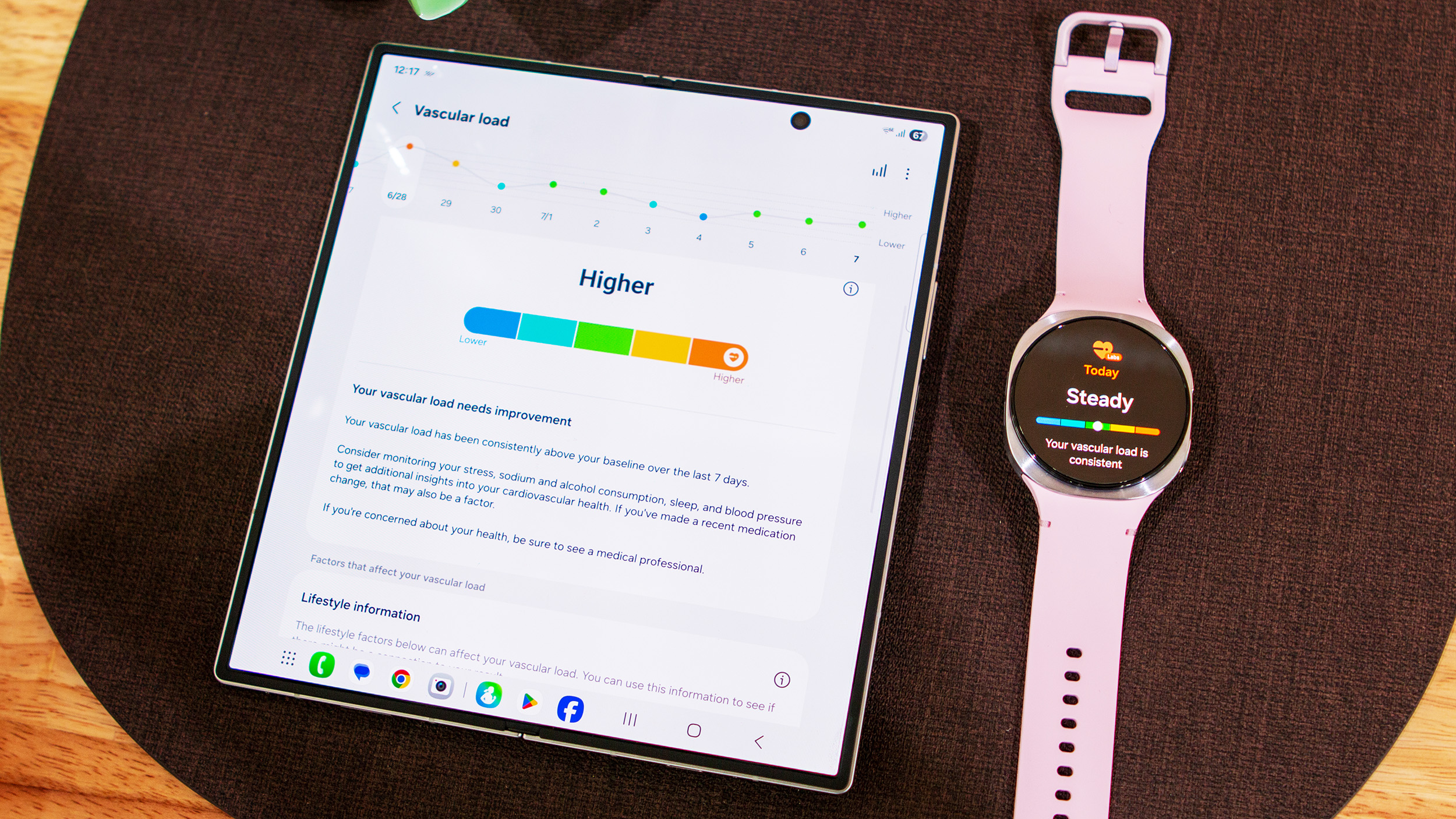
The biggest changes with the Galaxy Watch 8 relate to Google's Wear OS 6 update and Samsung's One UI 8 Watch skin. Other Samsung watches (like the Galaxy Watch 7) will get this update eventually, but they'll remain exclusive on the Galaxy Watch 8 to start.
The most important new perk is Gemini, which replaced Google Assistant. You'll be able to use "natural voice commands" and have the smarter AI more easily multitask and integrate with core Google and Samsung apps. For example, you'd be able to "find a nearby cafe and text a friend to meet you there" with one command, in theory.
On your Galaxy phone, you'll see more AI-backed health insights to go with last year's Energy Score. The new core features are as follows:
- Bedtime Guidance measures your circadian rhythm to "suggest the optimal time to go to bed."
- Antioxidant Index measures your body's carotenoid levels to let you know if your body has enough nutrients from fruits and vegetables.
- Vascular Load monitors your sleep stress levels, combined with stress and activity during the day, to judge your heart health.
- Running Coach scores your running ability during a 12-minute test on a 1–10 scale, then creates a "tailored training plan" to prepare for your ideal race distance.
- Mindfulness Tracker will check in on your mood and give you breathing exercises to relieve stress.
Otherwise, One UI 8 Watch transplants the Now Bar from Galaxy phones, so you can summon relevant information to the home screen with a gesture shortcut. It creates "Multi-info tiles" that you can customize to show relevant data from multiple sources at a glance.
Should you upgrade to the Watch 8?
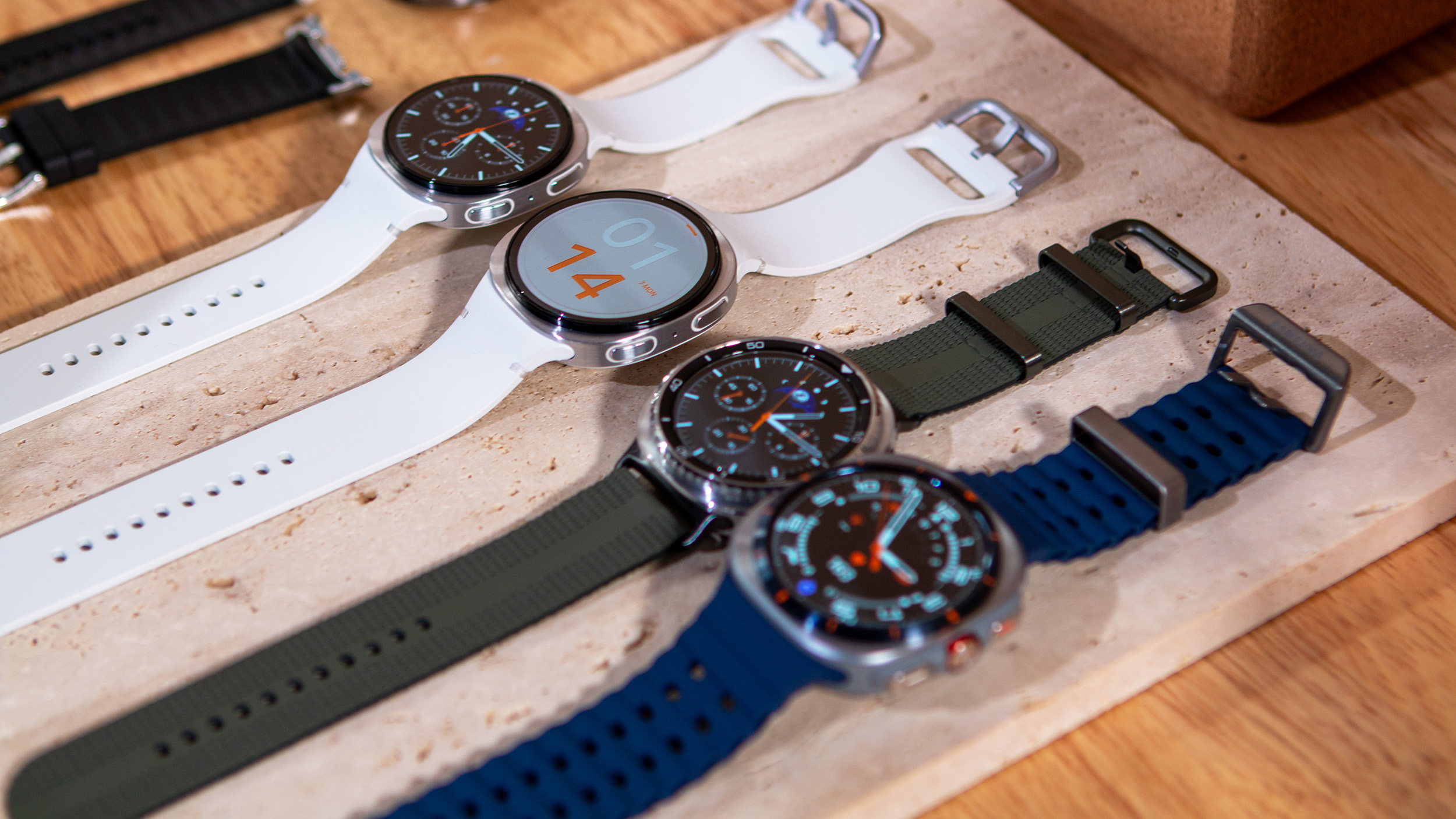
If you own a Galaxy Watch 7 — or you're planning to buy one for half off during Prime Day — then the Galaxy Watch 8 doesn't have much to recommend it.
This isn't at all to say that it's a bad watch; we suspect it'll number among the best Android watches, like its predecessor. But this is a relatively iterative hardware update, aside from the boosted brightness. If you have a Galaxy Watch 6 or older, the changes will be much more comprehensive.
Ask yourself if the skinnier, squircle redesign is at all compelling to you. If not, you could try waiting for the Galaxy Watch 9 to see if Samsung reverts to the old style. We suspect it's here to stay, but at least you could see more comprehensive upgrades by 2026.
If you're an old fan of the Watch 6 Classic design, you'll have to decide if you're willing to change your style in exchange for the improved rotating bezel controls — and if you're willing to spend a healthy amount to get them.
The Samsung Galaxy Watch 8 may have been Ultra-fied with a brighter display and more rounded edges, but its hardware hasn't changed much from the Watch 7. Most of the changes are behind the scenes, such as Gemini smarts, health and nutrition tracking, and One UI 8 Watch. But it looks to be a compelling device with long software support.







